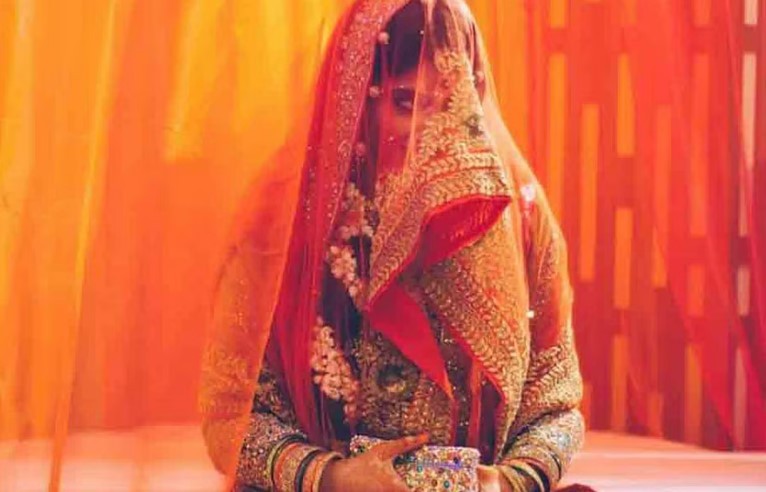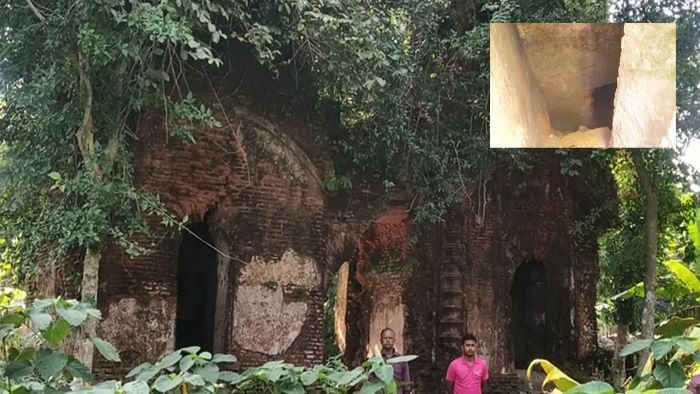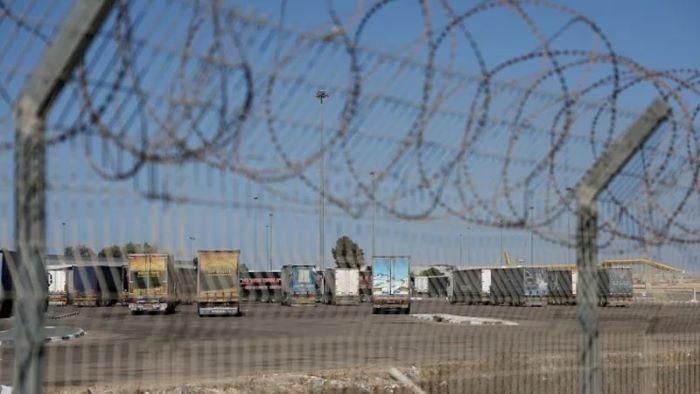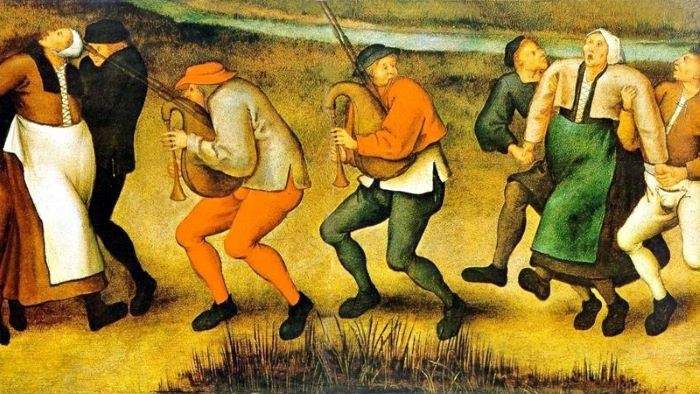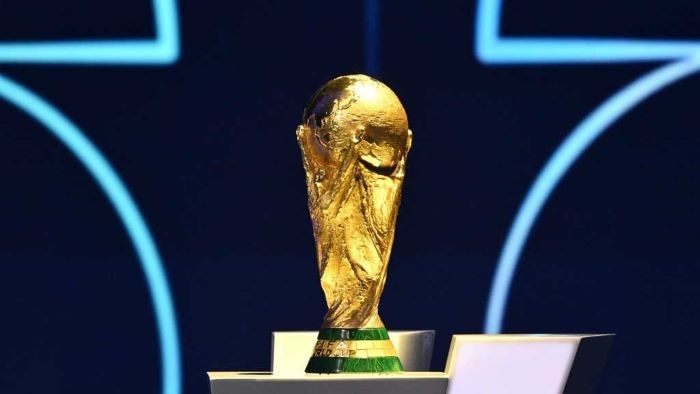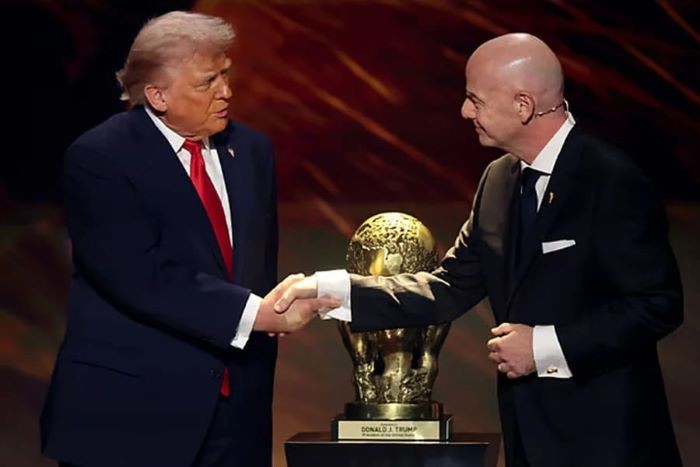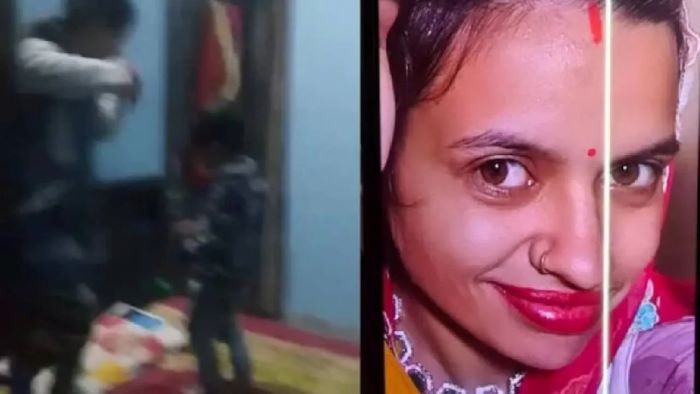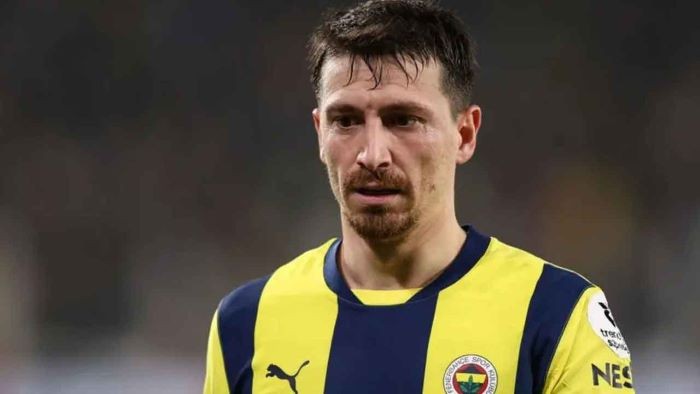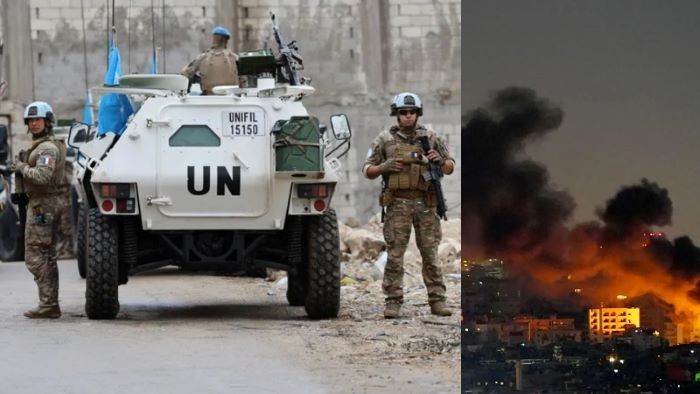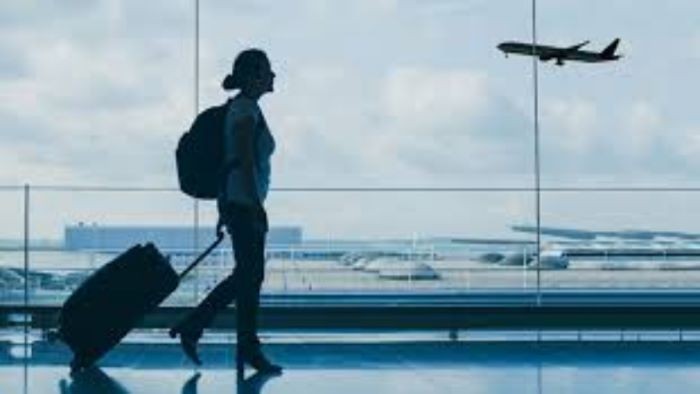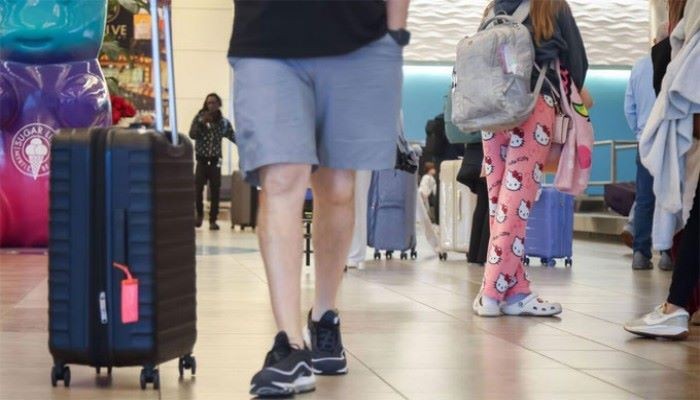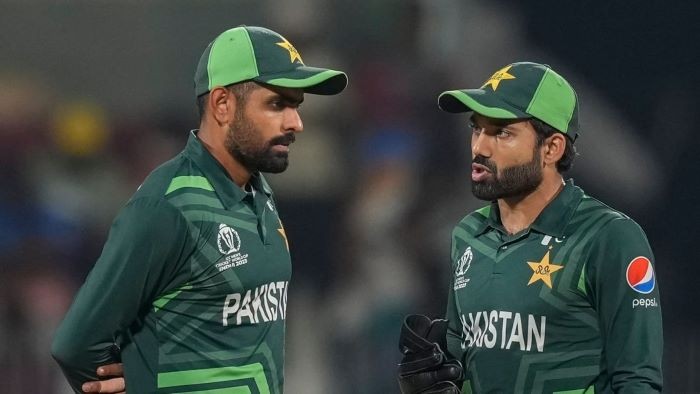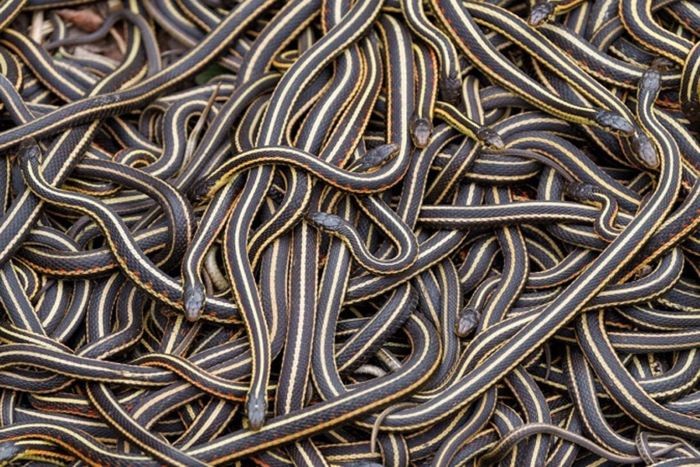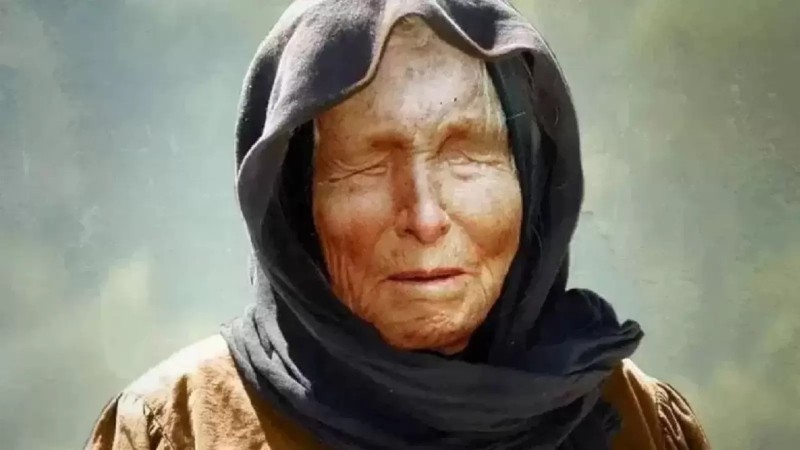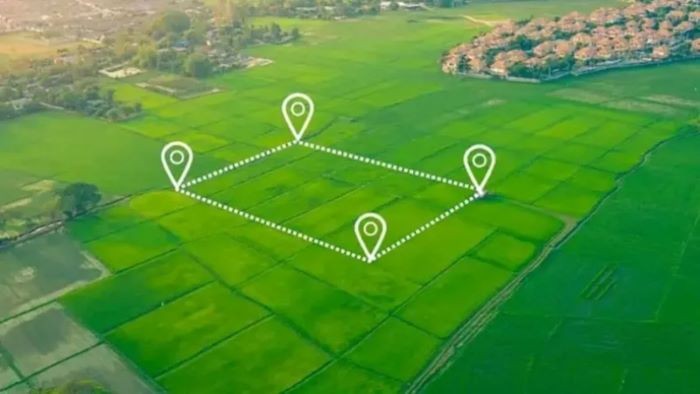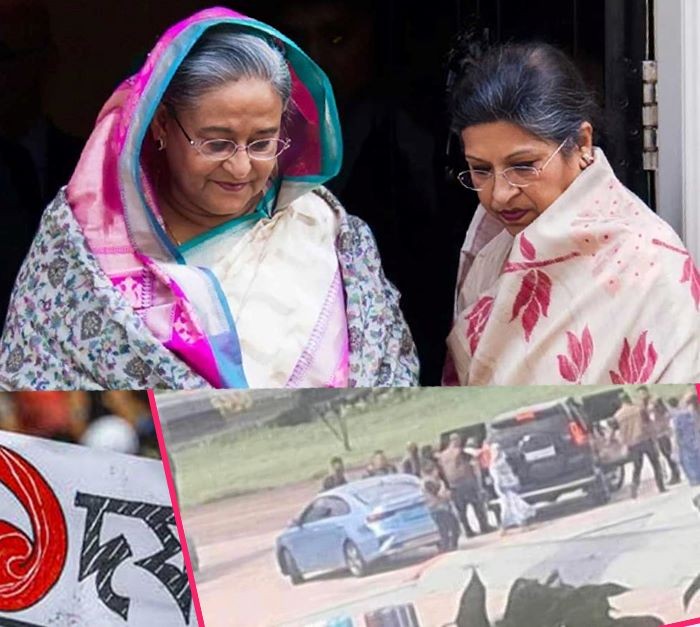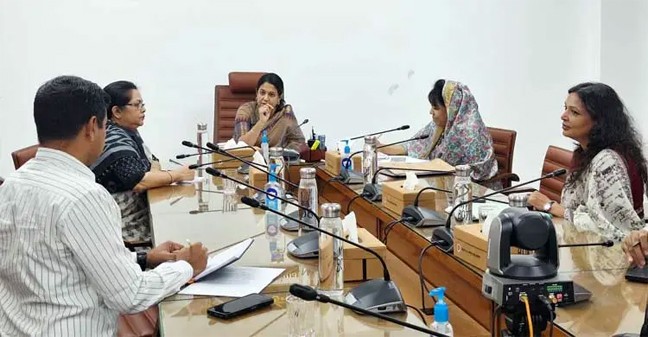
The Business Standard: The partial launch of metro rail between Uttara and Agargaon next year may not change Dhaka's daily commuting nightmare much, but by 2030 when three metro lines are expected to come into full operation – they will have a huge impact.
The three lines will be able to carry 38 lakh people a day, according to the project's implementer Dhaka Mass Transit Company Ltd (DMTCL).
With a rail network of 71 kilometres, touching Uttara, Motijheel, Shahbagh, Kamalapur, Purbachal, Mirpur 10 and Banani – commuting time will be reduced by 65% to 80%.
These three lines – MRT 6, 1 and 5 (North) – are scheduled to come into full operation from June 2024, December 2026 and December 2028 successively.
However, officials say work on lines 1 and 5 will be completed by 2030 because of some procedural delays in implementation.
DMTCL Managing Director MAN Siddique hopes that even the MRT 5 (South) from Gabtoli to Dasherkandi via Russell Square, stretching over 17km, may start operation within 2030. But this schedule is still uncertain as its loan negotiation with the Asian Development Bank (ADB) has not been completed yet.
But two other lines – MRT line-2 (Gabtoli to Chittagong Road) and MRT line-4 (Kamalapur-Narayanganj) – may not be financially viable, according to a study of the Japan International Cooperation Agency (Jica). But even without the two lines, the city will see a vast change in the way people work.
"The launch of only a single line [MRT line-6] will not bring about much benefit. Once you add lines 1 and 5 with it, the synergy will happen. Along with that, if you have the Bus Rapid Transit, Dhaka will drastically change," said a Japanese MRT expert, requesting anonymity.
"A metro rail project has a high economic rate of return in terms of benefits deriving from environmental impact, time saved and economic activities. But getting its financial rate of return is very difficult all over the world as its ticket prices are cheap," said the expert who was involved in making Delhi and Jakarta MRT projects in the past.
Experts are unhappy with the overall progress of the metro rail project.
Terming the project as the last resort to save the liveability of Dhaka, Dr Shamsul Alam, a civil engineering professor at Buet and a transportation expert, noted that if the projects were not financially viable, they would fail to find investors.
"The DMTCL has taken up projects to build six metro rail lines. On the other hand, the Bridges Division has taken up a project to build a 250km of subway. If an investor is attracted to one of the two projects and then finds out that there is also another conflicting scheme, they will not be interested in putting in their money," Dr Shamsul said.
Two lines unviable
Jica and the DMTCL had conceived six metro lines totalling 128km of network to be built by 2030. In this network, there will be 51 elevated stations and 53 underground stations. These six lines combined will be transporting 47 lakh people daily.
But the MRT line-2, approved in 2018, might not be realised. The government wanted to build this line (Gabtoli-New Market-Kamalapur to Chittagong Road) under the private public partnership (PPP) system, and Japanese company Marubeni was interested in it.
The 24km line was planned to transport nearly 11 lakh people a day. But the project's consultant, in its early report, noted that the project would not be viable under the PPP arrangement. As a result, Marubeni is now taking time to rethink its involvement, sources said.
The MRT line-4 was planned to connect Kamalapur with Narayanganj in parallel with the existing regular rail line. But the Bangladesh Railway authorities have already taken a project to convert its existing line into a dual gauge rail line. As a result, the MRT line-4 will never be profitable, says a Jica study.
A revised strategic transport plan marks this project as least important and says if the railway implements its commuter service, MRT Line-4 need not to be implemented.
Progress report
The MRT line-6, stretching 20km from Uttara to Motijheel, is the first line that will come into full operation from June 2024. This line will be able to transport nearly five lakh passengers a day or 16,000 per hour in any one direction. The Japan-funded project saw a delay of five years before construction could begin from 2017.
The MRT line-1 was approved in 2019 with a 31km line spanning Airport- Notunbazar-Kamalpur-Purbachal. It will carry nearly 19 lakh people daily. End to end travel time will be a mere 24 minutes. Presently, it takes 114 minutes.
But like the first project, the MRT 1 has also been delayed by several years. Now, the DMTCL plans to start its construction from July 2022 with intent to launch it by December 2026.
This line is expected to have a great impact on commuting.
The MRT 5 (North), which was also approved in 2019, will stretch 20 km from Hemayetpur to Bhatara via Mirpur 10 and Banani. This line will be able to carry nearly 15 lakh passengers and cut down travel time to 32 minutes from the present 122 minutes.
But till date, the DMTCL could not announce its actual construction schedule. On paper, it is scheduled to end late 2028. Officials say it will not be ready before 2030.
The MRT 5 (South), another project approved in 2019, has slowed down even more. The project's technical consultant began working only from April last with the aim to complete all preliminary work by mid-2023. But so far, the authorities spent less than 8% of its financial allocation, a possible indication of how poorly it is being implemented.
Dr Pear Muhammad, additional secretary to the Economic Relations Division (ERD), told The Business Standard that financial negotiations with the ADB for the MRT line-5 (South) has to be completed first. It will be a lengthy process before its loan approval from the ADB and the agreement with the government.
Economic returns
All of the MRT networks are expected to generate significant financial and social gains.
According to a Jica study, when the MRT line-1 fully launches in 2026, it will help save Tk1,460 crore per year in vehicle operating cost and Tk4635 crore worth of travel time cost.
By 2035, the value of travel time saved is estimated at around Tk8,000 crore per year. It would also save over Tk9,400 crore worth of travel time cost. The MRT would also reduce carbon emission in the city.
The cost of MRT-1 construction will be Tk23,203 crore. After 30 years of operation and management, the total cost, including its construction cost, will be Tk 70,000 crore. The Jica estimates that during this period, the line will earn revenu worth Tk1,20,894 crore, thereby making a profit amounting to more than Tk50,000 crore.
The Jica survey calculated the travel time cost on the basis of commuters' losses incurred by traffic jams. It says a car passenger loses Tk8.9 per minute while sitting in a traffic jam. This cost will be Tk4.2 for a motorcycle passenger and Tk2.5 for a bus passenger.
The vehicle operating cost has been calculated on the basis of costs of vehicle operation in the city. For instance, the per kilometre cost for a car is Tk15, for motorcycle Tk2, and for bus Tk23.



